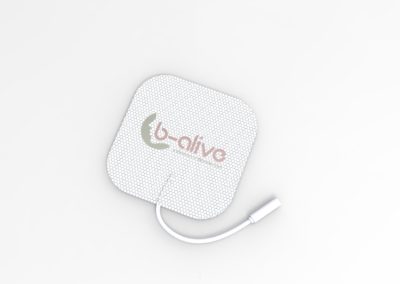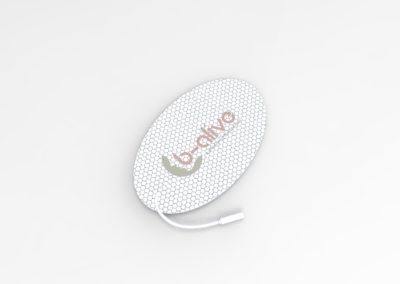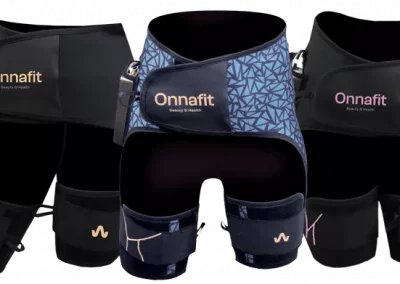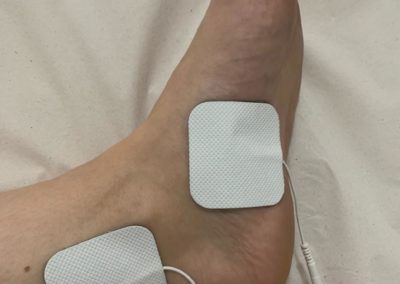Mechanisms of Action
with Supporting Data
General
The bladder can regenerate like nobody’s business and now we know why – Click Here
Bioelectric Signaling Controlled Protein Expressions
Patented and Patent Pending
Muscle Regeneration – Myogenesis
1. Follistatin.
2. Klotho.
3. SDF1 & PDGF.
Elasticity Regeneration
1. Tropoelastin
Nerve Regeneration
1. Sonic hedghog.
2. IGF1.
3. LIM.
Blood Vessel Regeneration – Angiogenesis
1. VEGF.
2. SDF1 & PDGF.
3. HIF1a.
4. eNOS.
Muscle Regeneration Supporting Data
Follistatin
Follistatin Improves Skeletal Muscle Healing after Injury and Disease through an Interaction with Muscle Regeneration, Angiogenesis, and Fibrosis – Click Here
Follistatin: A Novel Therapeutic for the Improvement of Muscle Regeneration – Click Here
Klotho
Klotho expression is a prerequisite for proper muscle stem cell function and regeneration of skeletal muscle – Click Here
’Longevity Protein’ Rejuvenates Muscle Healing in Old Mice – Click Here
SDF1 & PDGF
Stem cells migration during skeletal muscle regeneration – the role of Sdf-1/Cxcr4 and Sdf-1/Cxcr7 axis – Click Here
Stem cell recruitment after injury: lessons for regenerative medicine – Click Here
Coming soon wearables versions
Elasticity Regeneration
Tropoelastin Incorporation into a Dermal Regeneration – Click Here
Biomolecular Regulation of Elastic Matrix Regeneration and Repair – Click Here
Blood Vessel Regeneration – Angiogenesis
Electrical stimulation directly induces pre-angiogenic responses in vascular endothelial cells by signaling through VEGF receptors – Click Here
Establishment of a Simple and Practical Procedure Applicable to Therapeutic Angiogenesis – VEGF – Click Here
Stromal-Cell-Derived Factor-1 (SDF-1)/CXCL12 as Potential Target of Therapeutic Angiogenesis – Click Here
Nerve Regeneration
Regeneration of the Cavernous Nerve by Sonic Hedgehog – Click Here
Role of VIP and Sonic Hedgehog Signaling Pathways in Mediating Epithelial Wound Healing, Sensory Nerve Regeneration – Click Here
The multifunctional role of IGF-1 in peripheral nerve regeneration – Click Here
Insulin-like growth factor stimulates motor nerve regeneration – Click Here
Growth Hormone Improves Nerve Regeneration, Muscle Re-innervation, and Functional Outcomes After Chronic Denervation Injury – Click Here
Nerve Regeneration Pumped Up by Muscle Protein LIM – Click Here

BC-15 Composition
1. Stem cells – hypoxia treated.
2. Myoblasts.
3. Exosomes.
4. Stromal fraction.
5. PRF.
6. Amniotic fluid.
7. Oxygenated nanoparticles
8. Bladder matrix.
9. Nutrient hydrogel.
10. PRF.
11. Selected growth factors
12. Klotho.
13. Follistatin.
14. LIM protein.
15. Tropoelastin.
Current and Future Directions of Stem Cell Therapy for Bladder Dysfunction – Click Here
Application of Bladder Acellular Matrix in Urinary Bladder Regeneration: The State of the Art and Future Directions – Click Here
Regeneration of Bladder Urothelium, Smooth Muscle, Blood Vessels and Nerves Into an Acellular Tissue Matrix – Click Here
Bioengineering Approaches for Bladder Regeneration – Click Here
Exosomes secreted by urine-derived stem cells improve stress urinary incontinence by promoting repair of pubococcygeus muscle injury – Click Here
PRF Treatment for Painful Bladder Syndrome – Click Here
BC-15 Composition Components
1. Stem cells - hypoxia treated - MSCs, adipose derived, iPS
1. Stem cells - hypoxia treated - MSCs, adipose derived, iPS
2. Myoblasts
3. Exosomes
N/A
4. Stromal fraction
5. PRF
N/A











